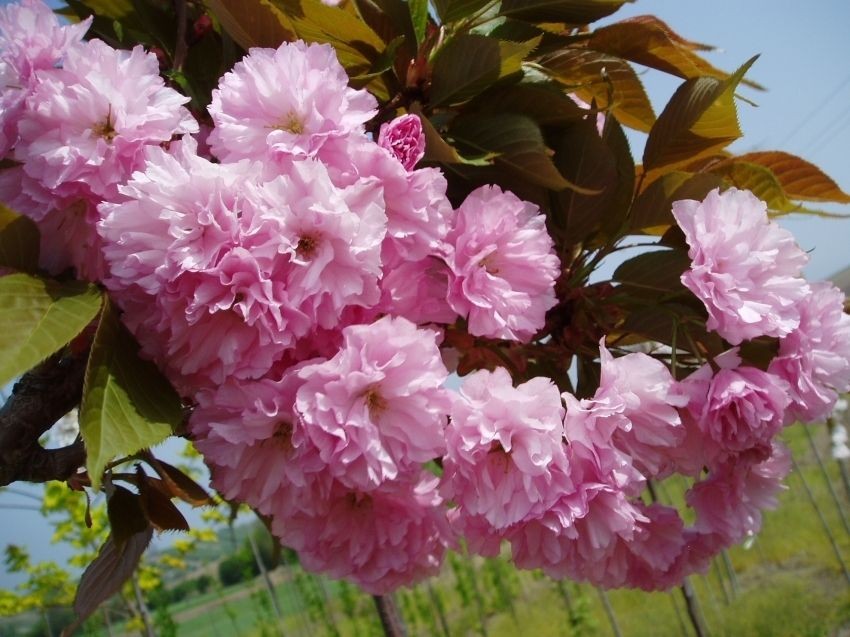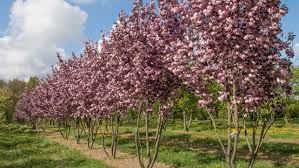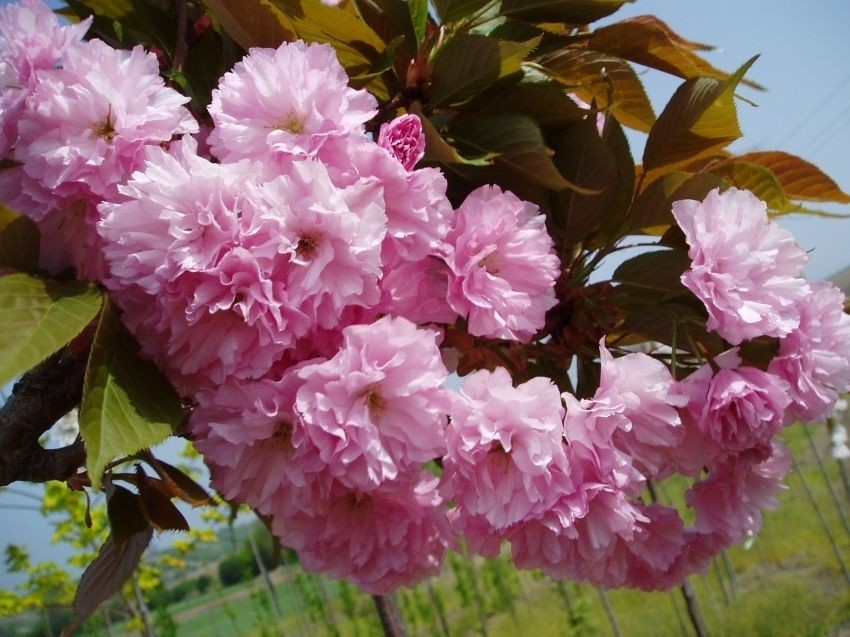Description
Prunus serrulata ‘Royal Burgundy’, Vörös levelű díszcseresznye
A Prunus serrulata ‘Royal Burgundy’ nagyon mutatós , vörös levelelei és a telt virágai miatt.
Felhasználása igen széleskörű rendkívül élénk színeződése révén kiváló szoliterfa.
Házi kerti felhasználásra javasolt de csodálatos sorfának is.
Növekedés, alak: Tölcsér váza koronaformájáról könnyen felismerhető, 6-8 m magas díszfa.
Levél:Fakadástól vörös színű, nem zöldülő, őszi lombszíne is vörös.
Virág: Tömötten, fürtökben álló-csüngő, a Kansan-nál enyhén sötétebb vöröslő rózsaszín, telt, nagyméretű virágai, április-májusban nyílnak
Termés: Ritka
Termőhely, igény: Mint a japáncseresznyék, a pangó vizet nem tűri.
Felhasználás: Kertbe, parkba, utcára nagy díszértéket adó sorfának alkalmas.
Jelen termékünk 20literes konténerben kapható melynek törzsmagassága 200-220 cm és 6/8-as törzs kerülettel
Méreténél fogva postai úton nem szállítható.
https://en.wikipedia.org/wiki/Prunus_serrulata
Prunus serrulata is a small deciduous tree with a short single trunk, with a dense crown reaching a height of 7.9–11.9 metres (26–39 ft). The smooth bark is chestnut-brown, with prominent horizontal lenticels. The leaves are arranged alternately, simple, ovate-lanceolate, 5–13 cm long and 2.5–6.5 cm broad, with a short petiole and a serrate or doubly serrate margin. At the end of autumn, the green leaves turn yellow, red or crimson.[5]
Flowers[edit]
The flowers are produced in racemose clusters of two to five together at nodes on short spurs in spring at the same time as the new leaves appear; they are white to pink, with five petals in the wild type tree. The fruit of the prunus serrulate/Japanese Sakura, the Sakuranbo, has differences to the prunus avium/wild cherry, in that sakuranbo are smaller in size and are bitter in taste to the wild cherry; the sakuranbo is a globose black fruit-drupe 8–10mm in diameter. Owing to their bitter taste, the sakuranbo should not be eaten raw, or whole; the seed inside should be removed and the fruit-itself processed as preserves.
Because of its evolution, the fruit of the prunus serrulate/Japanese Sakura, the Sakuranbo, developed merely as a small, ovoid cherry-like fruit, but it is not more developed as a small amount of fleshy mass around the seed within; as the prunus serrulate/Japanese Sakura was bred for its flowers, the tree does not go beyond going through the initial motions of developing fruits but they will not ripen and will be incomplete, not producing more flesh surrounding the seed. They simply will not ripen the way regular cherries, bred for the fruit, will do.









